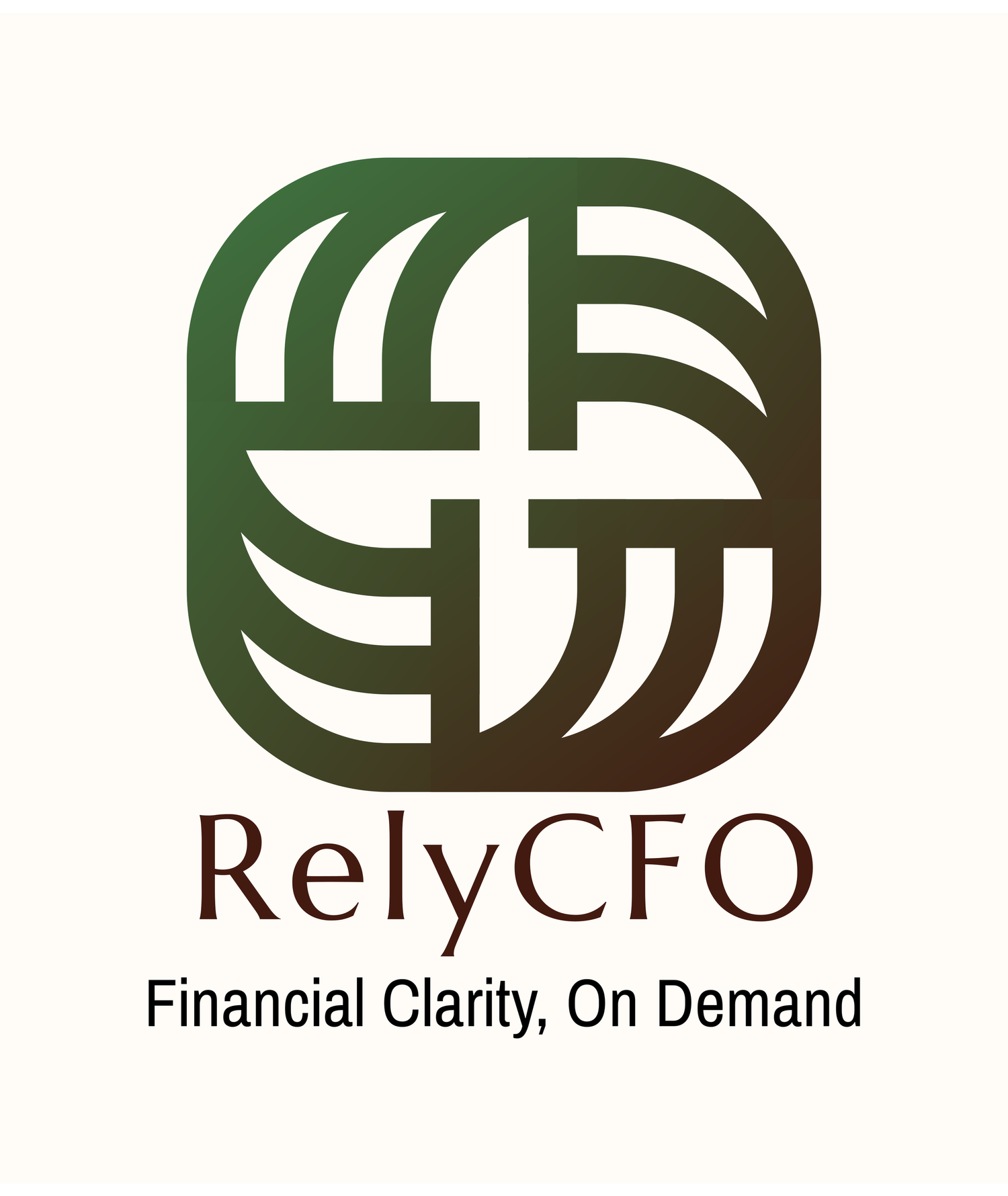How to Build a Reliable Sales Forecast: A CFO’s Guide
One of the most common challenges I hear from founders and business owners is:
“Our sales are unpredictable. We can’t plan cash flow or inventory with confidence.”
If that sounds familiar, you’re not alone. But here’s the good news — a well-structured sales forecast isn’t magic. It’s a repeatable, data-driven process. And when done right, it becomes your operating GPS — guiding hiring, production, working capital, and investment decisions.
In this post, I’ll walk you through how I help companies build reliable, actionable sales forecasts that stand up to reality — not wishful thinking.
🎯 Why Sales Forecasting Matters
A strong sales forecast enables you to:
✅ Project revenue and cash flow accurately
✅ Align inventory, staffing, and capex with demand
✅ Set achievable budgets and performance goals
✅ Raise capital with confidence (banks & investors love this)
Without it, you’re flying blind — making reactive decisions instead of strategic ones.
🧱 The 5 Building Blocks of a Reliable Sales Forecast
1. Start With the Right Granularity
Break sales down by:
Product or service line
Channel (direct, online, wholesale)
Customer segments
Geography (if applicable)
📌 Why? This allows you to track trends, spot weaknesses, and adjust faster.
2. Anchor It in Historical Data
Use at least 12–24 months of actuals. Analyze:
Seasonality patterns
Growth trends
One-off events (promos, macro shocks)
💡 Tip: Use rolling 12-month averages to smooth out anomalies.
3. Factor in Leading Indicators
Forecasting isn't just about past sales. Blend in:
Pipeline or order backlog (B2B)
Website traffic / lead flow
Conversion rates
Economic indicators or market trends
🔍 Example: If website leads are down 30%, expecting flat sales is risky.
4. Apply Business Judgment
Numbers alone won’t get you there. Layer in:
New product launches
Price changes or promotions
Capacity constraints
Known customer wins/losses
🧠 This is where executive insight meets the model. As your CFO, I help validate assumptions with cross-functional input — Sales, Ops, Marketing.
5. Scenario Planning
Build at least three versions:
Base Case – Most likely outcome
Upside – New wins or higher conversion
Downside – Delays, churn, macro risks
📊 This gives leadership confidence and flexibility.
🧮 Tools I Use With Clients
I build custom forecasting models in Excel or integrate with your systems (like QuickBooks, HubSpot, Salesforce). Key features include:
Driver-based logic (e.g., price × volume)
Forecast vs. actual tracking
Sensitivity toggles (conversion %, price changes, etc.)
🚨 Common Forecasting Mistakes to Avoid
❌ Relying on “gut feel” without data
❌ Copying last year’s numbers and adding 10%
❌ Ignoring seasonality or churn
❌ Not updating forecasts monthly or quarterly
✅ How I Can Help
As a fractional CFO, I specialize in helping growth-stage companies and SMBs create accurate, dynamic sales forecasts that become the backbone of budgeting, planning, and cash control.
I’ll help you:
Build or refine your sales forecast model
Align it with your P&L and cash forecast
Create dashboards to track performance
Train your team to own the process
📞 Need Help With Sales Forecasting?
Let’s build your forecast — and your confidence.
Book a free consultation or email me

